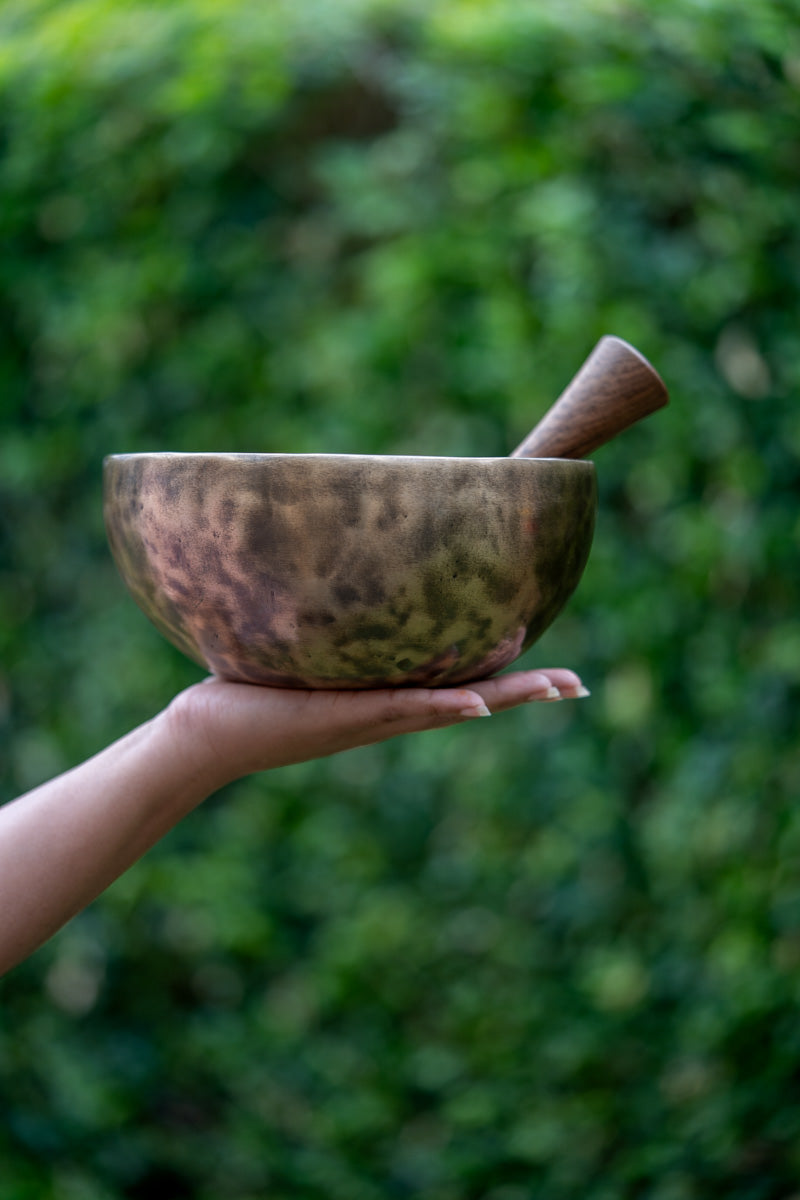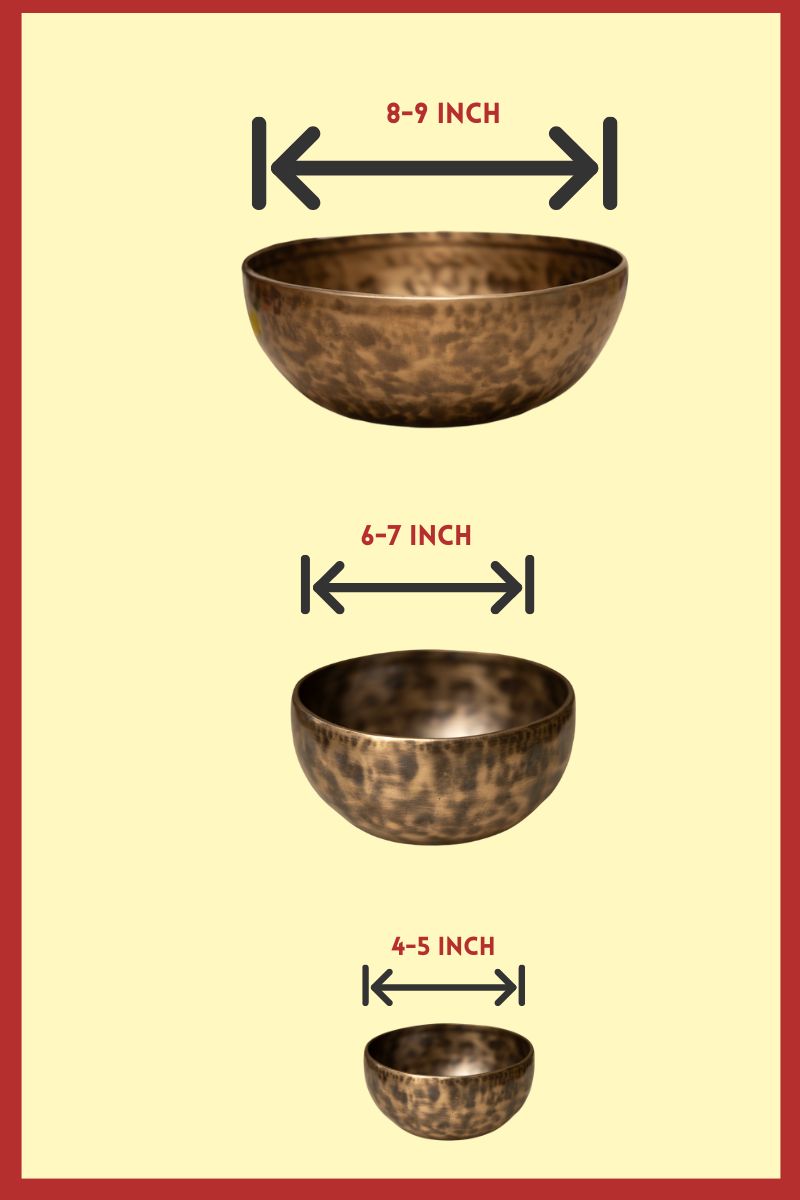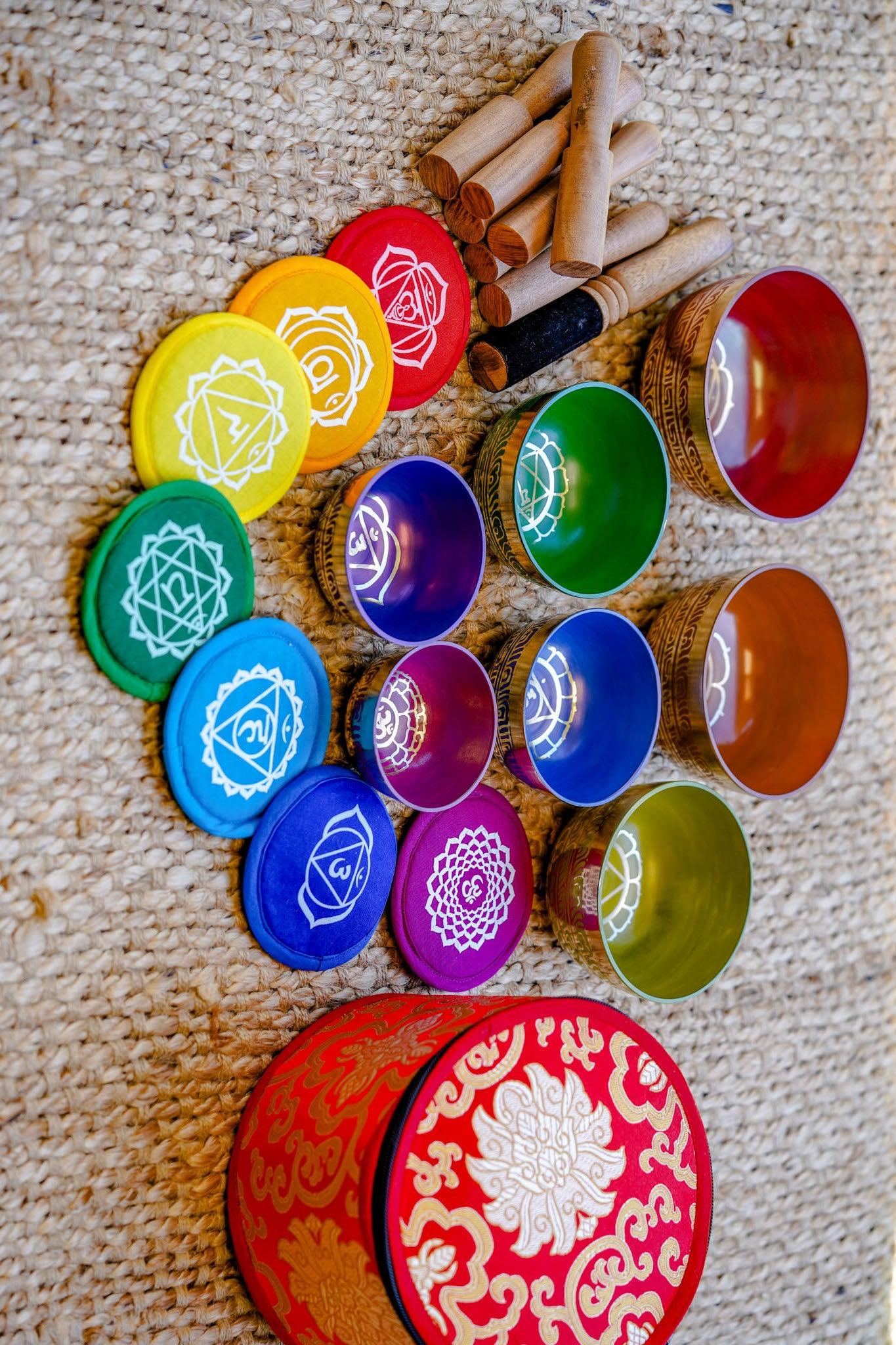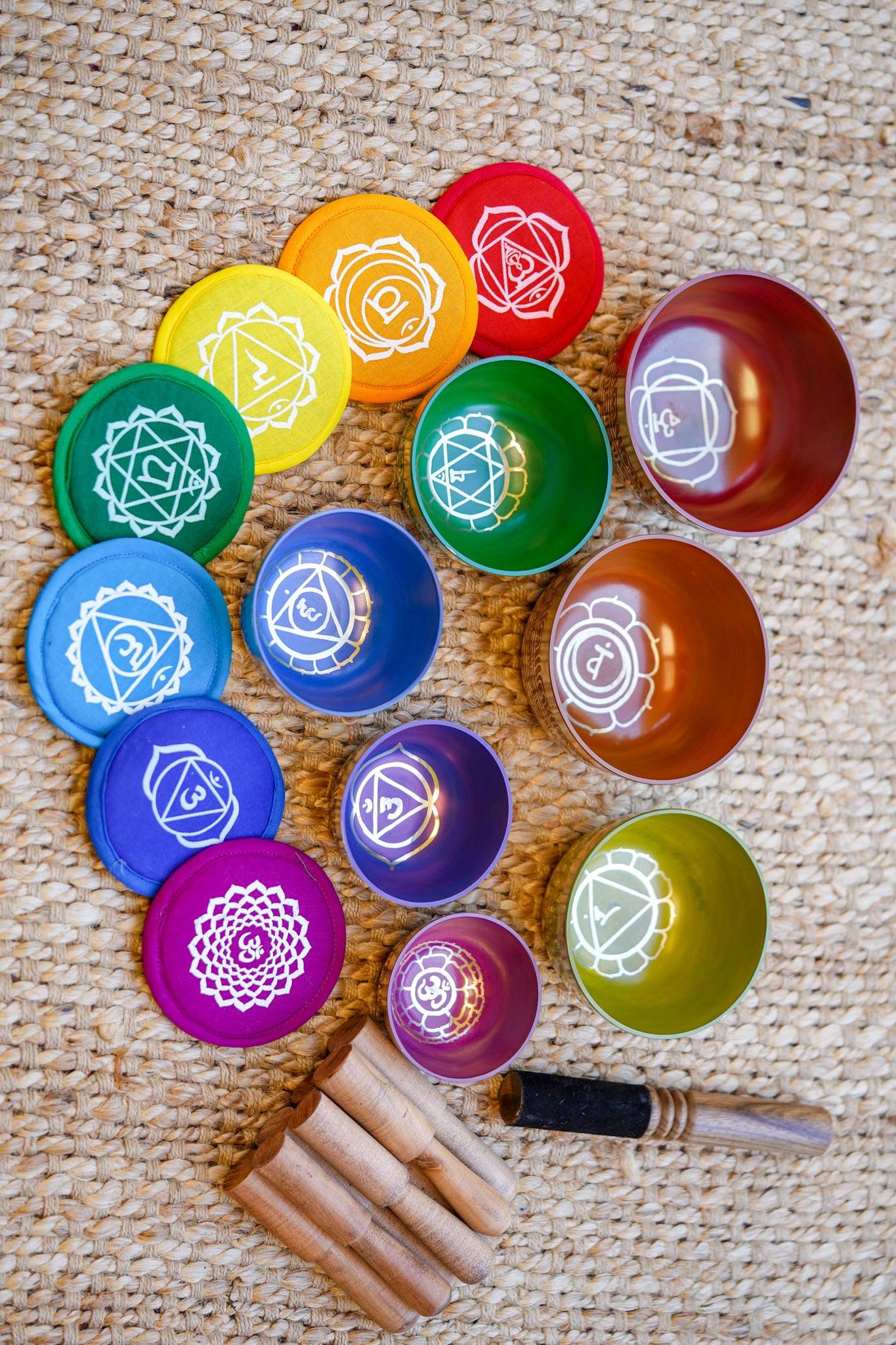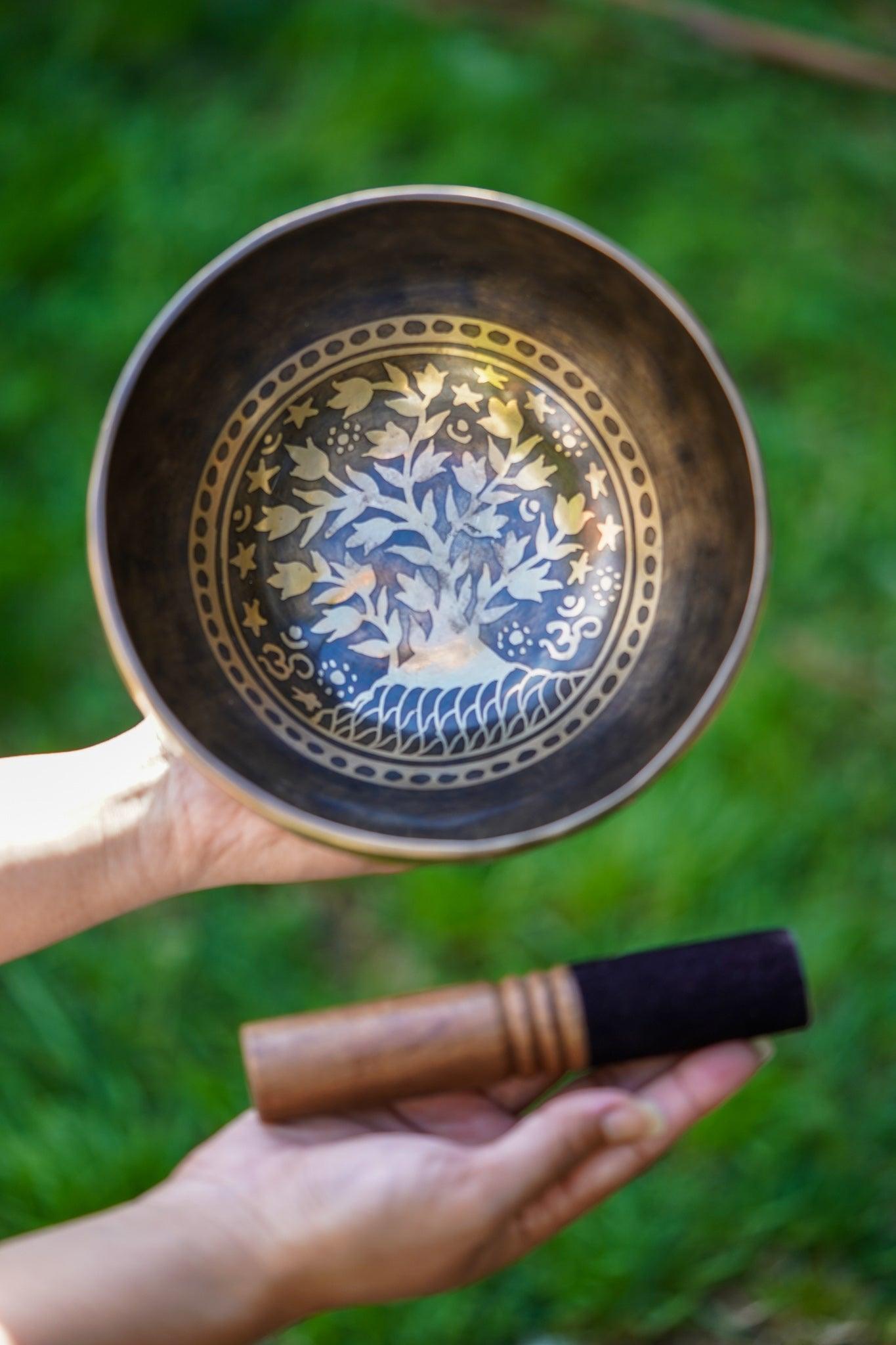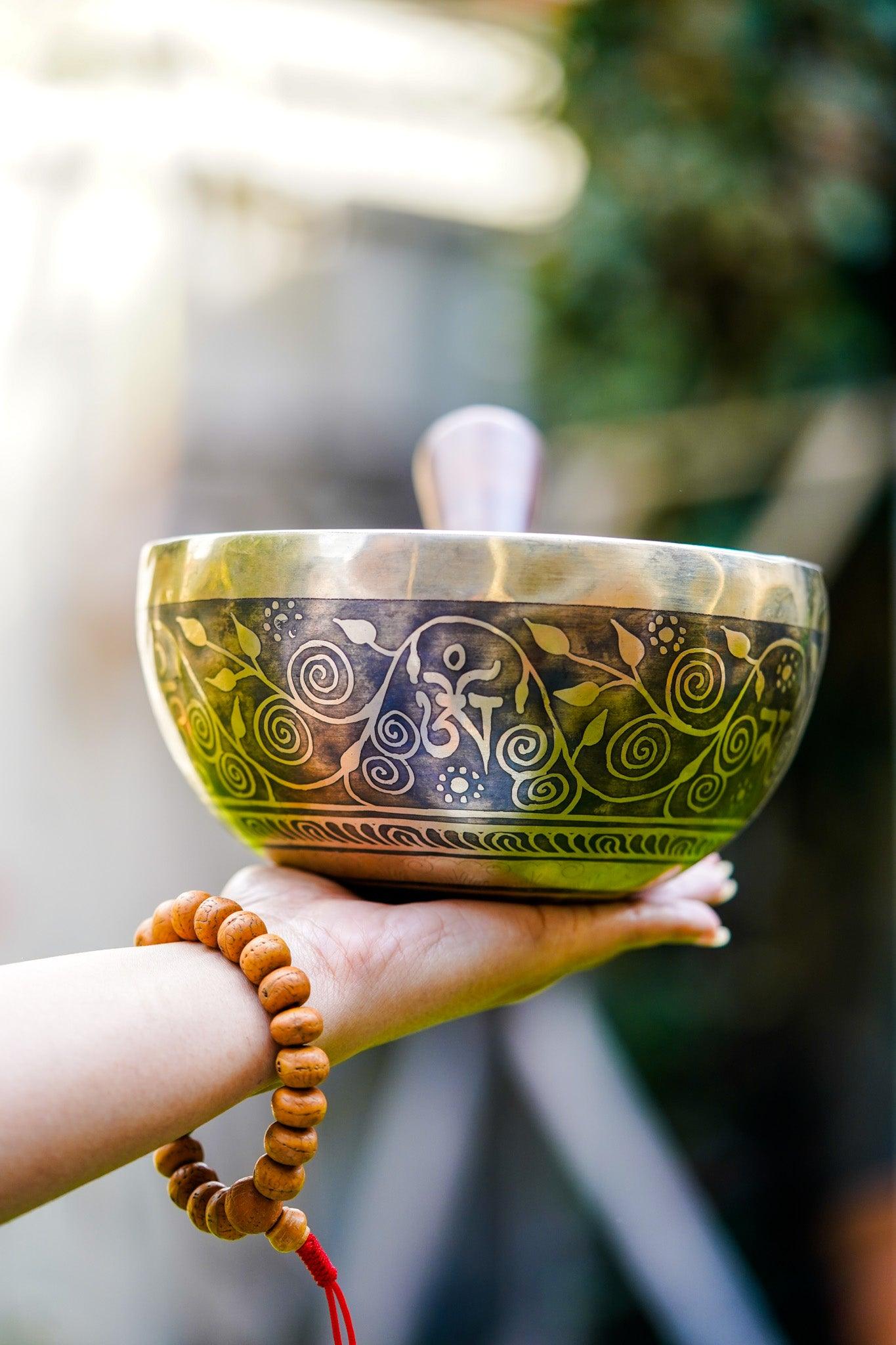We may contemplate into our own life and be amazed to find out how our habits, intention, mindset, suffering and way of living is different from other peoples. All of this is actually depicted into a Tibetan Buddhist mandala called "The wheel of life". To look at this image is to look at the mirror to see our self and how and why we live the way we live.
The wheel of life is incredibly important because it indicates exactly what Buddha saw and understood. Yama is the protector of the wheel of life and the symbol of time, death and illusion. The wheel of life is divided into different parts; the center, the six realms and the twelve chain of causality called dependent origination (Pratityasamutpada). At the upper right hand of the wheel of life we can see Buddha pointing towards the moon representing enlightenment or we can see Buddha standing still and raising his hands as if he is giving us blessing. In the upper left hand of wheel of life we can see a temple with seated Buddha which represents Nirvana. Artist fills this corner in various ways; sometimes the upper left hand figure is a Nirmankaya Buddha representing bliss or moon representing freedom.
The center
In the center of the mandala “Wheel of life” we can see three animals snake, cock and pig biting each other’s tail which represents anger, lust and ignorance respectively. They are known as the three poisons in Buddhism that are understood to be the metaphorical gasoline that drives this whole entire wheel. Out of that circle we can see half white and half black circle. In white circle humans are going upwards to the higher realm by doing good deeds and in black circle human beings are acting in lust, hatred and ignorance guiding them to lower realms like hell and hungry ghost.

The Six Realms
The Realm of Gods (Devas): The realm of Gods is depicted at the top of all the realms. Those born in this realm have abundant wealth and power. All of their desires are fulfilled and they live a pleasurable, blissful and happy life. This realm seems perfect and a nice place to live but their happiness is a curse. They are so happy that they don’t recognise true suffering thus they have no motivation to seek freedom from this wheel and enter Nirvana. Eventually their happy lives end, and they must face rebirth in another realm.
The Realm of Asuras: The Realm of Asuras is the neighbour of realm of Gods. Asuras are driven by desire to be on the top at the realm of Gods. Asuras envies Devas and constantly fight with each other. Asuras have all the divine power and resources but still wants to feel superior than devas. They are challenged to be on the top.
In the depiction of Wheel of life we can see Devas and Asuras fighting with each other or sometimes there is a beautiful tree growing between the two realms, with its roots and trunk in the Asura Realm but its branches and fruit are in the God Realm.
The Realm of Hungry Ghost: Hungry ghost are beings with huge stomach and tiny neck. They are always hungry but food can’t pass through their little neck.They are always seeking for new things to satisfy themselves.
Psychologically, Hungry Ghosts are associated with addictions, compulsions and obsessions. People who have everything but always want more may be Hungry Ghosts.
The Hell Realm: The Hell Realm filled with fire and ice. In fiery part of Hell Realm beings are being burned and in icy part beings are being frozen.
Psychologically beings in fiery part are angry and aggressive; they drive away anyone who wants to be their friend. And in icy part being are cold hearted they don’t have compassion towards anyone.
The Animal Realm: Animal Realm is denoted as ignorance or not knowing. They live their live and may find contentment but they are not interested to seek any wisdom.
The Human Realm: Human Realm is the mixture of pain and pleasure; beings here have experienced both agony and ecstasy. They are curious and they seek wisdom of every kind.
Liberation from the samsara is only possible in this realm but many of them are blinded by their desires only few recognises the true dharma.
Dependent Origination (Pratityasamutpada)
The Dependent Origination (Pratityasamutpada) in wheel of life is depicted at the other most rim which shows the chain of causality. There are twelve chain of causality, each one of these conditions causes the next.
Twelve chain of causality are:
1. Ignorance
2. Volition
3. Consciousness
4. Name and form
5. Six sense bases
6. Contacts
7. Feeling
8. Craving
9. Grasping
10. Existence
11. Birth
12. Ageing and death
The law of dependent origination is "if this exists, that exists; if this ceases to exist, that also ceases to exist”.


